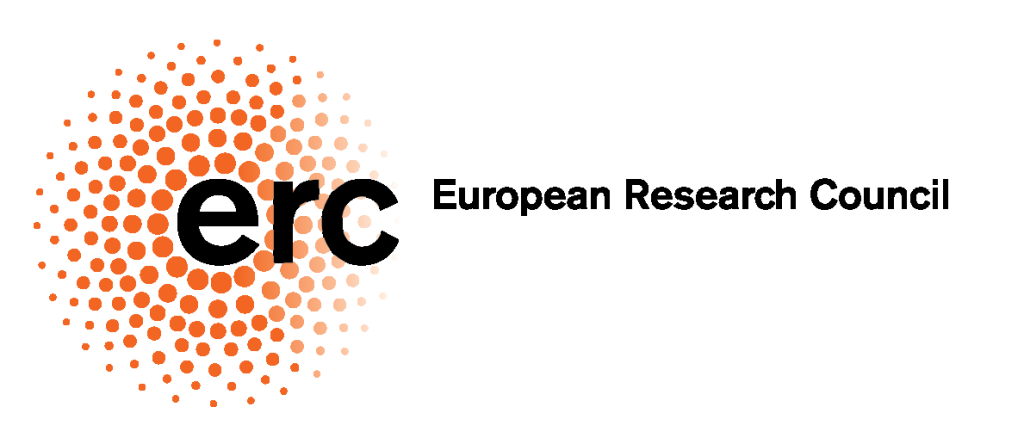Studying the organisation of cellular membranes in microbial cells
We use advanced imaging techniques to
discover how to fight bacterial pathogens
Studying the organisation of cellular membranes in microbial cells
We use advanced imaging techniques to
discover how to fight bacterial pathogens
Research Lines


Microbial tips and tricks
to escape antibiotics
Studying how Staphylococcus aureus
became so virulent
Bacterial infections have become globally widespread due to the increasing ability of microbes to evade antibiotics. Among those pathogens, the life-threatening Staphylococcus aureus is one of the most successful, causing different types of severe infections.
In our laboratory, we use the Methicillin-resistant Staphylococcus aureus (MRSA) as a model organism to investigate the cellular organisation of bacteria, the compartmentalization of specific cellular processes, and how these processes contribute to the virulence potential of bacterial pathogens.
Microbial tips and tricks
to escape antibiotics
Studying how Staphylococcus aureus became so virulent
Bacterial infections have become globally widespread due to the increasing ability of microbes to evade antibiotics. Among those pathogens, the life-threatening Staphylococcus aureus is one of the most successful, causing different types of severe infections.
In our laboratory, we use the Methicillin-resistant Staphylococcus aureus (MRSA) as a model organism to investigate the cellular organisation of bacteria, the compartmentalization of specific cellular processes, and how these processes contribute to the virulence potential of bacterial pathogens.
From membranes to microdomains: a universal organisation principle
How membrane microdomains maintain cellular function and influence pathogenesis
Cellular membranes impact all cell processes, yet our understanding of their organisation remains incomplete. While traditional models proposed membrane proteins and lipids diffuse freely and distribute homogeneously, we now know cell membranes are heterogeneous mixtures of lipids and proteins, some of which are segregated into microdomains.
Our research has revealed that these microdomains are a universal organisational principle of cell membranes. In prokaryotic cells, these manifest as Functional Membrane Microdomains (FMMs) and gather specific proteins involved in cell signalling and trafficking. To comprehend the biological importance of FMMs, dissect their role in bacterial pathogenesis, and study the structural arrangement of protein complexes we use cryo-electron microscopy/tomography imaging techniques in combination with a diverse range of infection and molecular techniques.


From membranes to microdomains: a universal organisation principle
How membrane microdomains maintain cellular function and influence pathogenesis
Cellular membranes impact all cell processes, yet our understanding of their organisation remains incomplete. While traditional models proposed membrane proteins and lipids diffuse freely and distribute homogeneously, we now know cell membranes are heterogeneous mixtures of lipids and proteins, some of which are segregated into microdomains.
Our research has revealed that these microdomains are a universal organisational principle of cell membranes. In prokaryotic cells, these manifest as Functional Membrane Microdomains (FMMs) and gather specific proteins involved in cell signalling and trafficking. To comprehend the biological importance of FMMs, dissect their role in bacterial pathogenesis, and study the structural arrangement of protein complexes we use cryo-electron microscopy/tomography imaging techniques in combination with a diverse range of infection and molecular techniques.

New treatments for multidrug-resistant bacterial infections
Disrupting membrane structure to stop pathogens in their tracks
In our lab we study how to disrupt FFMs, leading to defects in multiple processes including bacterial pathogenesis, and inhibiting the pathogen’s capacity for infection. We then apply our knowledge to the disassembly of FMMs as a new strategy to treat multidrug-resistant bacterial infections.

New treatments formultidrug-resistant bacterial infections
Disrupting membrane structure to stop pathogens in their tracks
In our lab we study how to disrupt FFMs, leading to defects in multiple processes including bacterial pathogenesis, and inhibiting the pathogen’s capacity for infection. We then apply our knowledge to the disassembly of FMMs as a new strategy to treat multidrug-resistant bacterial infections.

Finished projects
Finished projects








